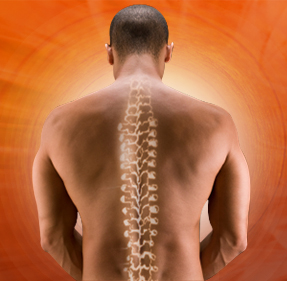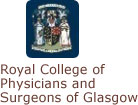CAT/CT Scan
There are a variety of diagnostic exams your doctor may recommend to determine the cause of your back and/or neck pain, as well as the type of treatment that may be appropriate for you.
What Is A CAT/CT Scan?
A CAT (computed axial tomography) scan, also known as a CT (computed tomography) scan, is a painless imaging technique that utilizes computer technology to produce detailed three-dimensional images of the inside of your body from a series of cross-sectional x-rays taken along an axis. Unlike an x-ray which shows two-dimensional images, a CAT/CT scan images reveal the interior "layers" of the body, including bone, organs, tissues and blood vessels, with a higher degree of precision.
How Is A CAT/CT Scan Done?
During the scan, you will lie on a table inside a doughnut-shaped machine called a gantry. The x-ray tube inside the gantry will rotate around your body, sending small doses of radiation through it at various angles. As the x-rays pass through, the tissues inside your body absorb the radiation in differing amounts. Detectors in the machine measure the radiation that leaves your body and converts it into signals that are transmitted to the computer. The computer creates images that reflect the signals' intensity and displays them on a computer monitor. A radiologist interprets these images and sends a report to your doctor.
A CAT/CT scan may be done either at a hospital or outpatient facility. Some require that you ingest a contrast medium to help highlight interior structures. This may be done by mouth, enema or injection (intravenously), and may require that you go without food for a few hours before the test.
Are There Any Potential Risks Or Complications?
CAT/CT scans are painless; after the test you can resume your normal activities. The risks involved are the same as those of conventional x-rays; please advise your doctor if you are pregnant, have asthma or allergies or a medical condition such as diabetes, heart disease or thyroid problems.
Before undergoing your exam, please ask your doctor or a member of the office staff about any special pre- or post-exam instructions. |






